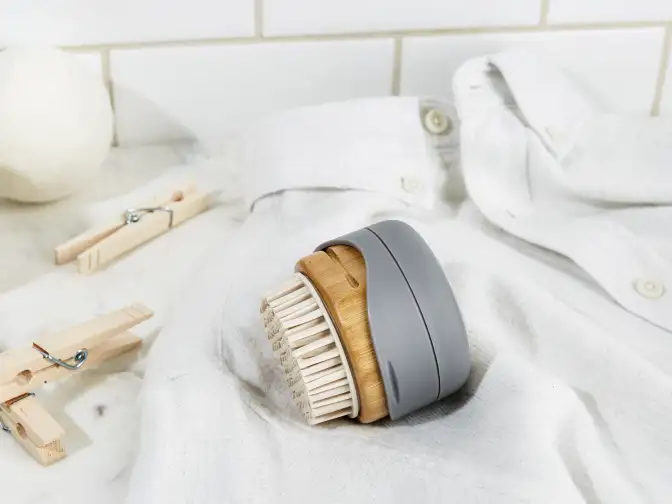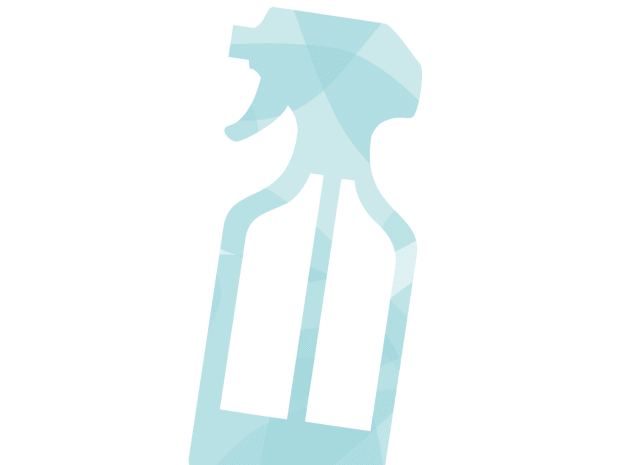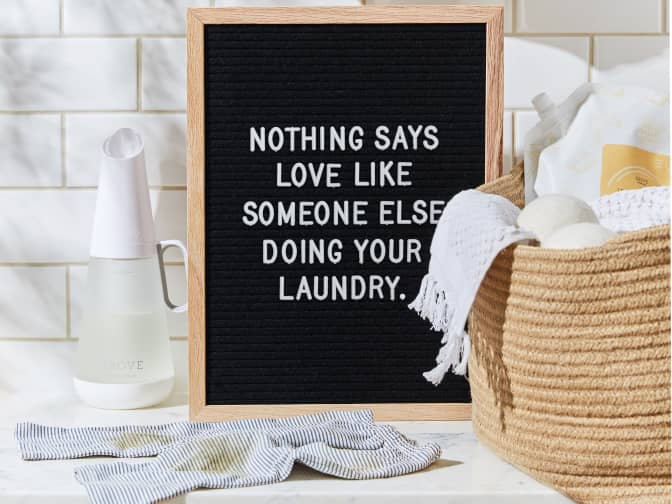1. Use a soft-bristled toothbrush
A soft-bristled toothbrush or a fine-tooth comb is a great way to remove fuzz — like lint and broken loops.
Working on a flat surface, use the toothbrush to lift out the debris with short, swift strokes. Clean from one end of the Velcro strip fastener to the other.










